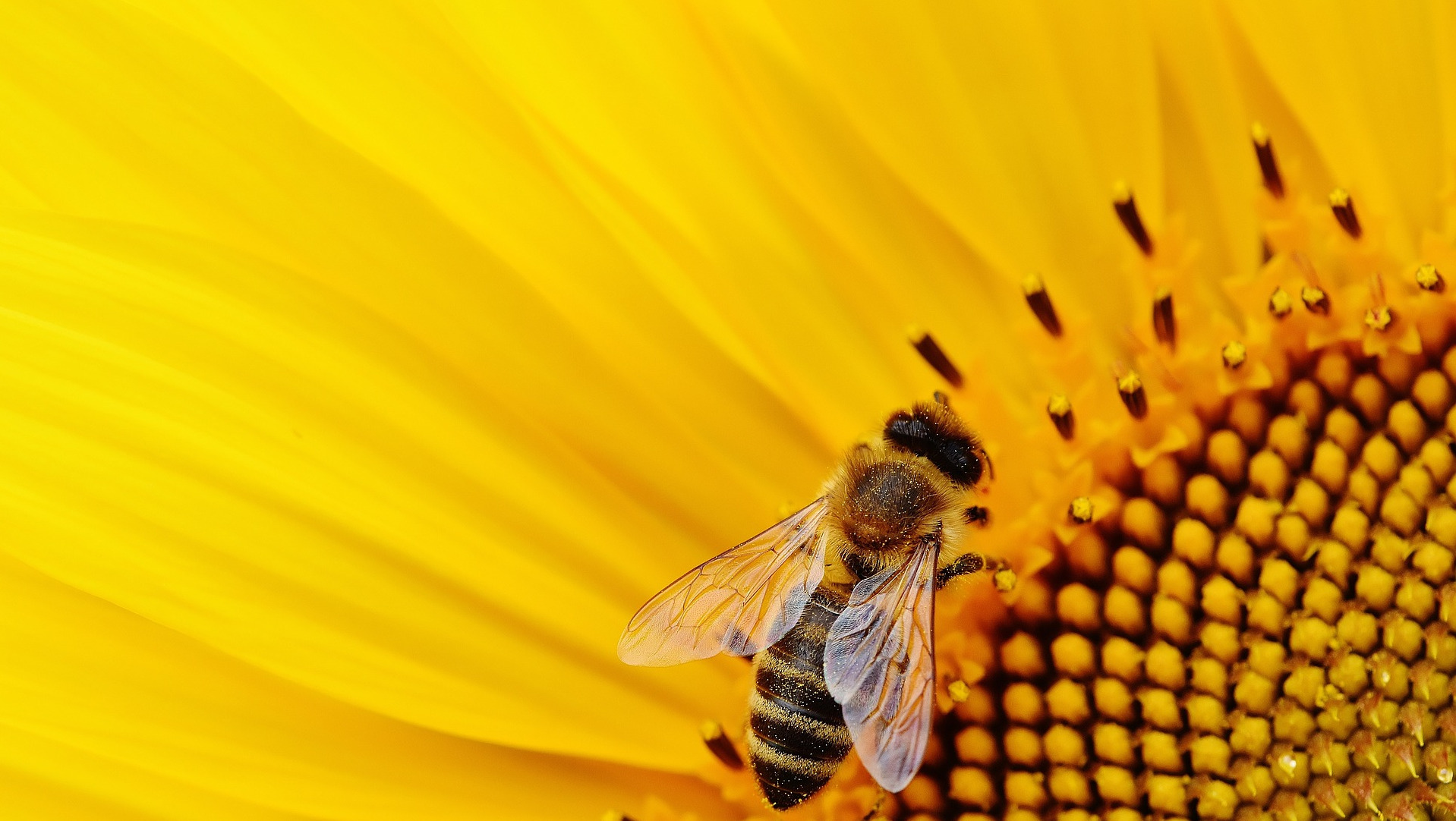Bee Stings
Many bees are outside foraging for pollen, but not all sting. Bees usually only sting if they get stepped on, injured, or feel threatened during their daily activities.
The females of the honey bee and the bumble bee are the most common bees that sting. Only female bees sting because the stinger is a modified egg-laying apparatus. The male bee is called a drone and does not have a stinger.
When a bee stings, venom is injected under the skin, which causes pain. The body responds to the toxin from a sting by producing fluid to flush the poison from the area. This reaction causes redness and swelling at the site of the sting.
The most common sting is from the honeybee. This bee's stinger is barbed and gets stuck in the skin after it attacks, so the bee can only sting once and dies shortly after stinging. Other bees, such as bumblebees, have smooth stingers and can sting people multiple times without injury.
Home Remedies and Natural Cures for Bee Stings
These home remedies reduce discomfort for minor, less severe reactions to a bee sting. Seek medical attention for severe reactions or allergies to bee stings.
First Steps First Aid: Remove the Stinger
- Remove the stinger before you do anything else. Scrape the stinger with a credit card to remove it without dislodging the venom sac. Avoid squeezing or pinching the stinger, as this can release more venom. The faster the stinger is removed, the less poison is injected and the less painful the sting.
- Gently wash and dry the area with mild soap to reduce the chance of infection.
- Cover the area with a bandaid, gauze, or a clean towel, and use a cold compress or ice pack on the area for 10 minutes on/off to reduce pain and inflammation. Depending on the severity of the sting, ice will reduce the symptoms for several hours.
- Use OTC pain relievers such as acetaminophen (Tylenol) or ibuprofen (Advil, Motrin) to relieve pain and reduce inflammation. Follow the instructions on the packaging.
- Avoid scratching the sting area as it will increase swelling and infection risk and prolong healing time.
- Minor swelling can be reduced on an extremity by elevating the sting area.
Baking Soda
After the initial first aid above, make a thick paste of baking soda and water and apply it to the sting site to help neutralize the venom and reduce pain.
Aloe Vera Gel
After removing the stinger listed in the initial first aid, aloe vera is cooling and anti-inflammatory. Apply the gel directly to the sting site. Follow all product instructions.
Meat Tenderizer
After the first aid above, another home remedy for bee stings is to make a paste of water combined with the meat tenderizer and apply it to the sting site to help neutralize the venom and reduce pain. Meat tenderizer contains the enzyme papain that breaks down the toxins in bees and other types of poison.
Calamine Lotion
Calamine lotion can reduce itching, pain, and discomfort from stings. Calamine lotion also helps to dry oozing skin from minor irritations. After performing the first aid above, follow the instructions and warnings on the product.
Hydrocortisone Cream
Hydrocortisone cream stops itching and reduces inflammation. Apply directly to the sting site after initial first aid above to soothe irritated areas. Follow all product instructions.
Venom Extractor tool
If you are a frequent camper or at increased risk of stings, a venom extractor is a handy way to reduce the pain and discomfort of all kinds of stings, including mosquito bites. (I found mine on Amazon). This tool is a small syringe with a cup on the end that you place over the sting area. Pulling up on the syringe creates a suction that pulls out the venom of all kinds of bites and stings. By removing the irritant, the body stops producing the reaction that causes itching and inflammation.
Sting Swab/Lidocaine/Benzocaine
Commercial preparations are available to treat insect stings and bites and contain antiseptic and pain killers that help relieve pain and itch to treat bee stings, wasp stings, mosquito bites, jellyfish stings, ants, and spiders.
Severe Reactions
These home remedies temporarily relieve the minor symptoms of a bee sting. If you are experiencing severe reactions, have a known allergy to bee stings, or if symptoms worsen or persist, it's crucial to seek medical attention promptly.
Severe swelling can be helped by using an epinephrine auto-injector (such as an EpiPen) as your doctor prescribes. Monitor for severe allergic reactions such as difficulty breathing, swelling of the face or throat, dizziness, or hives. If you experience any severe symptoms, seek immediate medical attention.
If you're concerned about the severity of the sting or if symptoms worsen over time, it's advisable to consult a healthcare professional for further evaluation and guidance. They can provide specific medical advice based on your situation.



